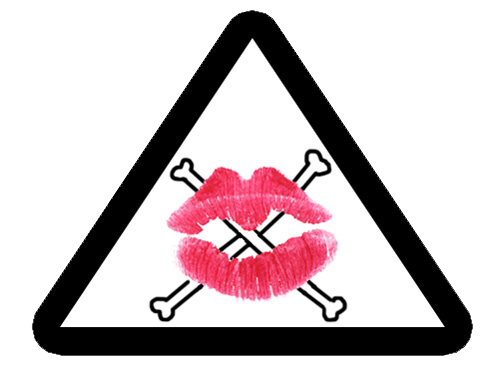Study: Brand-name lipsticks contain traceable lead levels

Laura Prusik
October 22, 2007
Putting on makeup may be more dangerous than originally thought.
According to a recent study done by the Campaign for Safe Cosmetics, 20 brand-name lipsticks contain traceable amounts of lead.
Of the 33 lipsticks tested, 11 had levels above .1 parts per million, higher than the levels acceptable for candy. The Food and Drug Administration has established .1 ppm as the limit to protect children from directly ingesting lead.
Lead is of concern for its tested and proven effects on health, according to MedlinePlus, a Web site that assimilates information from government agencies and health-related organizations. Ingestion in children can lead to learning disabilities, as well as behavioral and attention problems, and slowed growth.
The study showed that L’Oreal’s Colour Riche “True Red” had the highest amount of lead, with a lead reading of .65 ppm. In addition, several more expensive lipsticks, such as Dior “Addict,” contained more lead than less-expensive brands.
Get The Daily Illini in your inbox!
While a product like lipstick can be used by people of all ages, lead poisoning is usually more of a concern for children.
“With children, we worry about the inhalation of dust, or ingestion, where they might put something in their mouth,” said Jim Roberts, director of environmental health for the Champaign-Urbana Public Health District and the Champaign County Public Health Department.
Some symptoms of lead poisoning, for children and adults alike, include headaches, aggressive behavior, abdominal pain and cramping and low appetite and energy. Very high levels of lead in the body can induce vomiting, muscle weakness, seizures and even a coma.
Lead was not found in all tested lipsticks, however, some students feel it is not worth the risk just because it is your preferred style or brand.
“There is no point in using it if it could mess you up,” said Maggie Wrona, freshman in LAS.
Others say they will just be more careful in the future when purchasing cosmetics.
“I will definitely read more labels and figure out what I’m buying,” Amanda Ball, senior in LAS, said.
The lipstick brands and products tested do not have lead listed as an ingredient, making it difficult for a consumer to tell what is in the product.
The Campaign for Safe Cosmetics is urging cosmetics companies to remove lead from their products.
Dianne Mohr, freshman in LAS, said that she would just switch to another brand if knew the lead content.
“I can get something similar,” Mohr said. “There are enough choices.”






